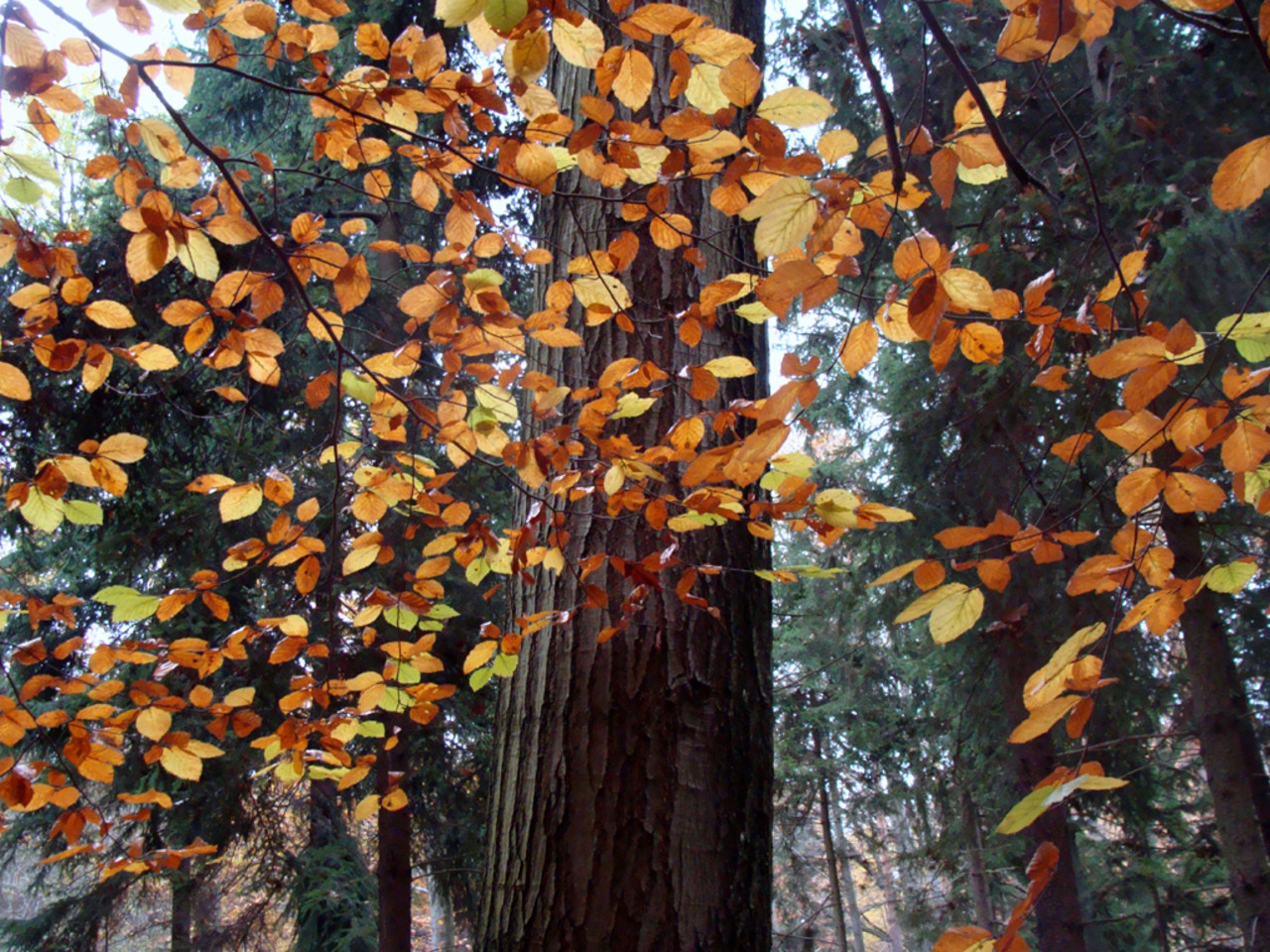Wine Tasting
Why is wine tasting fun?
Wine tasting is a pleasant expertise for a number of causes:

- Exploration of Flavors: Tasting different wines permits people to discover a extensive range of flavors, aromas, and textures, each unique to its origin.
- Social Experience: Wine tasting is often a social event that brings folks collectively, making it a fun approach to connect with associates or meet new people.
- Education: Participants study concerning the wine-making course of, grape varieties, and regional traits, enhancing their appreciation for the beverage.
- Pairing Opportunities: Tasting wines alongside complementary foods can heighten the flavors and create a extra enriching expertise.
- Sensory Engagement: Engaging all senses—sight, smell, style, and even touch—creates a dynamic and memorable expertise.
Ultimately, wine tasting combines enjoyment, studying, and social interaction, making it a charming activity for enthusiasts and novices alike.
Is wine tasting a skill?
Wine tasting is indeed a skill, one that may be developed and 대구유흥 (https://www.metooo.es/u/672e7fc3d5e0d01190fb9cd9) refined over time. It goes past merely sipping wine; it includes a deep understanding of various features corresponding to aromas, flavors, and the overall experience of wine.
The Components of Wine Tasting Skill
Several key components contribute to the ability of wine tasting:
- Smell: A good portion of style comes from aroma. Trained tasters can determine completely different scents that affect the flavour profile.
- Taste: Beyond just figuring out flavors, expert tasters can discern the steadiness of acidity, sweetness, bitterness, and different taste elements.
- Knowledge: Understanding grape varieties, regions, and winemaking methods enhances the tasting expertise and permits for more informed judgments.
- Experience: Regular tasting helps develop palate recognition, making it simpler to determine particular nuances in wines.
Why Practice Matters
Like any ability, the extra one practices wine tasting, the higher they become. Participants in wine tastings learn to articulate their thoughts and experiences, which might greatly improve their analytical skills in evaluating completely different wines.
In conclusion, while anybody can get pleasure from wine, mastering the art of wine tasting is a skill that requires dedication and apply.
What is the tasting process?
The tasting strategy of wine entails a scientific method to evaluate its qualities, including appearance, aroma, style, and finish. Here is a breakdown of the process:
1. Look
Begin by inspecting the wine's look:
- Color: Observe the color, which can give clues about the grape selection and age.
- Clarity: Check for readability and brilliance, indicating the wine’s high quality.
- Viscosity: Swirl the wine and observe the tears or legs that form on the aspect of the glass.
2. Smell
The aroma is significant for identifying the wine’s profile:
- Initial Scent: Take a second to smell the wine before swirling it.
- Aeration: Swirl the wine gently to launch its aromas, then take a deep sniff.
- Aroma Levels: Identify the different notes—fruity, floral, herbal, or oaky.
3. Taste
Now it is time to style the wine:
- First Sip: Take a small sip and let it sit on your palate.
- Structure: Evaluate the steadiness of acidity, sweetness, and tannins.
- Flavor Profile: Notice the flavors and complexity, identifying specific fruit, spice, or different notes.
4. Finish
Finally, assess the finish:
- Length: Determine how long the flavors linger after swallowing.
- Aftertaste: Note whether the aftertaste is nice and what flavors remain.
By following these steps, wine enthusiasts can appreciate the assorted attributes of every wine, enhancing their general tasting experience.
